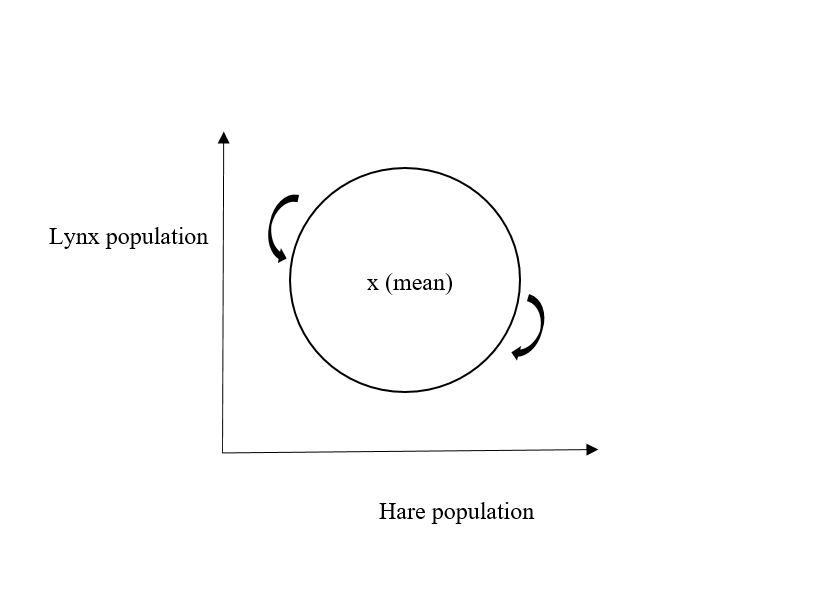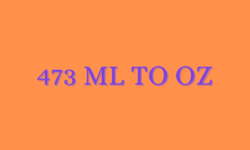The Circle of Life: The Mathematics of Predator-Prey Relationship
Predictor-Prey Dynamics
Predators are those animals which hunt on other animals so they can feed themselves. Whereas, the animals which are being hunted and fed on by the predators are known as prey. If number of either the predators or prey exceeds the normal trend, it disrupts the balance of ecosystem which can result in excess or extinction of certain species. Therefore, the nature has its own predator-prey dynamics in which predators can also be preyed upon by other predators and vice versa.
For this important issue, the scientists have become able to make predictions about future populations to ensure healthy ecological system through simple arithmetic calculations.
Role of Mathematical Science
To sustain the socioecological environment, mathematical science plays an essential role to understand the fertility and mortality rate of animal populations and interaction among different species. Mathematical modeling is one of the processes which is used to create a mathematical representation of real-life problems in order to solve them in mathematical terms and make predictions about the phenomena as well as to provide insight into it.
Not only this, it is also used to test the theoretical underpinnings about a mechanism through data collection. Here, data can be any factual or quantitative information which can be recorded and analyzed to draw inferences about the problem under study.
Example of Hudson Bay Data
In 19th and 20th century, one of the most initial observations were made annually by Hudson Bay Company which was hunting both the predators as well as the prey to consume their fur. Therefore, the annual amount of the fur from Snow-Lynx and Snowshoe Hare was recorded. Through this record, the company was able to keep either of the species from getting extinct e.g., increase in fur consumption was made from the population (in excess) whereas it was decreased when the population was (in dearth).
This indicates that some years the growth rate of lynxes (predators) was higher than the hares (prey) while the other years, hares (prey) were more than the lynxes (predators). Hence, we can conclude that there is a quantitative relationship between the two animals or two species knowing the fact that one (lynxes) preys upon another (hares). It can also be concluded that disproportionate increase in predators may substantially decrease the number of preys. Interestingly, this relationship is not followed when the number of preys (hares) becomes considerably low. In this case, the decrease in the number of preys (hares) would decrease in the number of predators (lynxes) as a result of significant decline in the food of lynxes.
Conversely, decrease in the lynxes would result in the increase in the hare population and the circle of life goes on like the up-down cycle. Hence, whenever their population is in balance, the increase in the rate of one population will affect the rate of another.
Mathematical Relationship
Through the above example of Hudson Bay Company, differential equations by Lotka and Volterra (1920) were used in order to model the above predator-prey relationship.
Estimated Hare Population
Let us consider if there are no lynxes (predators), then the future hare population, say HF, is almost equal to the current hare population, say HC, add Growth rate (r growth) which can be calculated as births minus deaths (births – deaths) and multiply it with the current hare population HC. Thus, equation cam be written as
HF = HC + (r growth x HC)
Let us add the data of old values from 1895 into this equation, where HC = 85, estimated value of r growth = 0.9 in a year, so the future hare population, HF in 1896 will be calculated as:
HF = HC + (r growth x HC)
HF = 85 + (0.9 x 85)
HF = 161.5
Here, the calculated HF could be called as exponential growth according to which if the hares keep on growing twice the current rate, there will overabundance of hares in the whole world, as once observed in 1859, when rabbits grew exponentially in Australia because of the absence of natural predators.
Estimated Lynx Population
Considering the same example, in the absence of hares, a considerable decline in the lynx population will be observed because of the lack of food. We know that (r growth = births – deaths), LF = future number of lynxes and LC = current number of lynxes. In order to calculate the future number of lynxes (LF) in 1895, LC = 51, birth rate = 0, death rate = 0.25.
LF = LC + (r birth – r death x LC)
LF = LC – (r death x LC)
LF = 51 – (0.25 x 51)
LF = 38.25
Here LF could be called as exponential decline which is an alarming death rate of lynxes up to the level of extinction.
Estimated Hare-Lynx Interaction
When we consider the interaction between the two, it means we are required to calculate the increase in lynx population and decrease in hare population. Let us create a term for eat rate as r eaten and multiply this term by current lynx and hare population in order to estimate the number of hares eaten by lynxes, therefore subtraction equation will be used in hare equation. Thus, the future hare population is calculated by subtracting the eat rate r eaten, using same values from the hare equation and r eaten = 0.024:
HF = HC + (r growth x HC) – (r eaten x LC x HC)
HF = 85 + (0.9 x 85) – (0.024 x 85 x 51)
HF = 59.24
Similarly, addition operation will be used in the lynx equation when hares are used as food source for the lynxes. Thus, the future lynx population is calculated by adding r food = 0.005 rate multiply by current lynx and hare population.
LF = LC + (r death x LC) + (r food x LC x HC)
LF = 51 – (0.25 x 51) + (0.005 x 51 x 85)
LF = 59. 25
For these kinds of estimations, we can now use simple computer coding processes such as de Silva, Quade and so on. Plotting the values of data from Hudson Bay Company, we can see the pictorial presentation of predator-prey dynamics, somewhat near to the circle of life.








